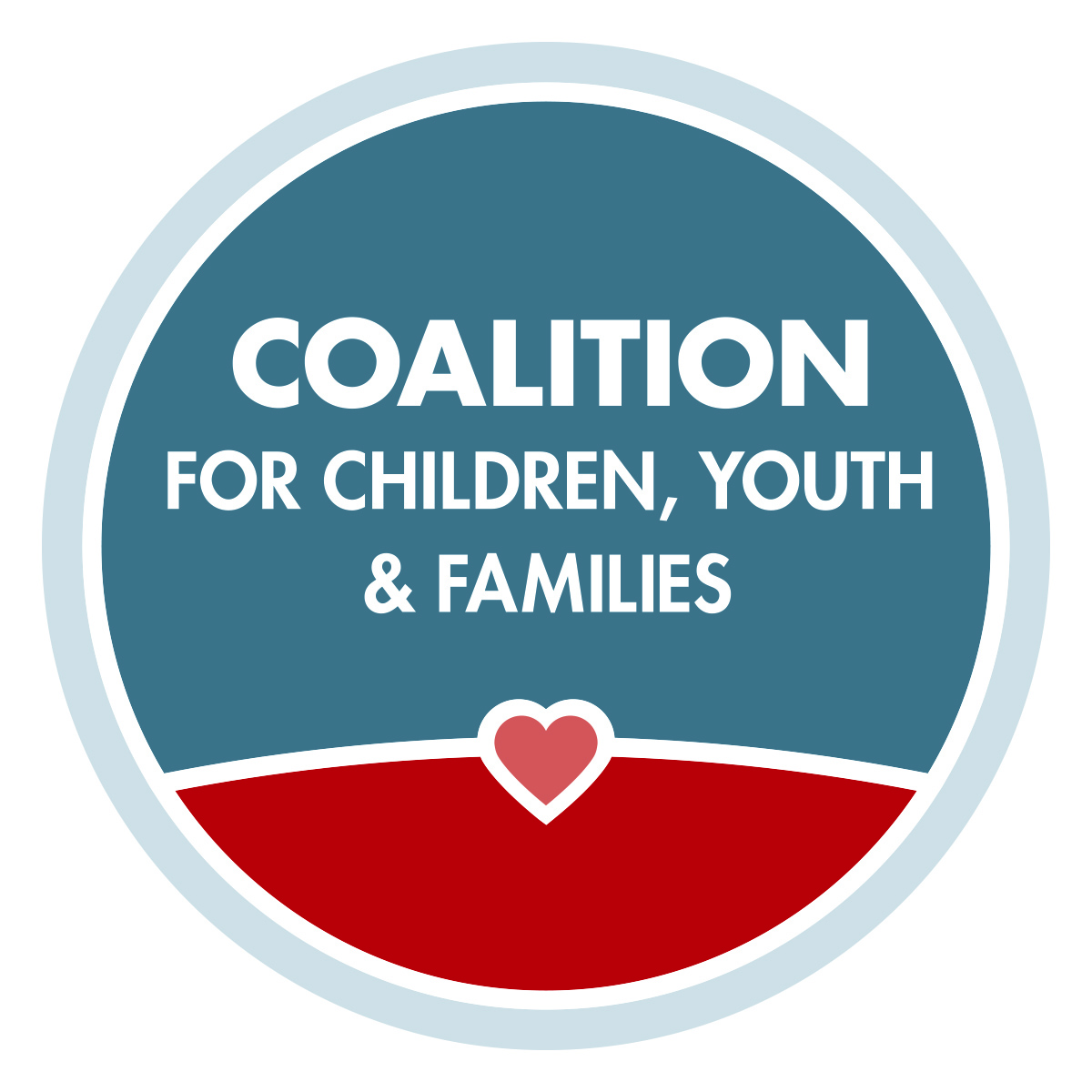Ouch! We do not throw toys. You’re getting a time-out. I’ll set the timer for 5 minutes, and then we can talk about your choices.
Your time-out isn’t done. Please go back to the rug.
I hear you screaming. When your time-out is over and you’re calmer, we can talk.

Many of us know about time-outs. While they can give us a moment to catch our breath, they depend on our child’s ability to calm themselves down—a skill they’re still learning. For children who have experienced trauma, time-outs might make them feel abandoned or rejected, or even make their behavior worse.
Instead, try a “time-in.” This is when you stay with your child during tough moments. Rather than sending them away for bad behavior, time-ins focus on connection first, then helping them learn better choices. During a time-in, you remain physically and emotionally present with your child.
A time-in helps create safety and connection when the child in your care is upset. You don’t need to talk much during these moments. You can model deep breathing, sit beside them, offer gentle touch, or use a calm-down corner together. Later, when they’re calmer, you can talk about what happened and consider different choices for next time. When children feel safe and supported, they’re much more able to learn new ways to handle their big feelings.
Staying regulated together is the key to helping children with challenging behaviors and intense emotions. The Coalition is here to support you as you try these new approaches on your parenting journey.
Recommended Resources
From the Resource Library
- Virtual Resource Kit: Looking at Challenging Behaviors via a Trauma-Informed Lens
- Raising Kids with Big Baffling Behaviors: Brain-Body-Sensory Strategies That Really Work, by Robyn Gobbel
Training From Champion Classrooms





